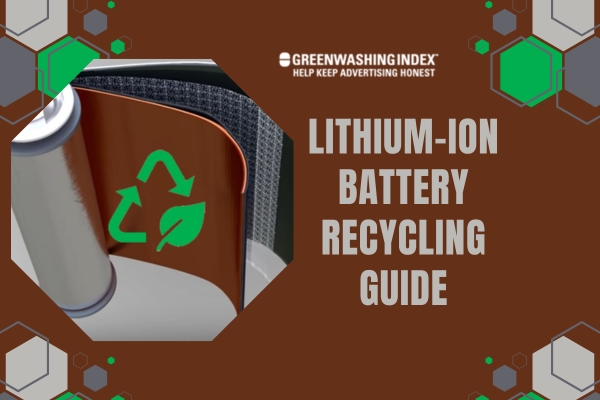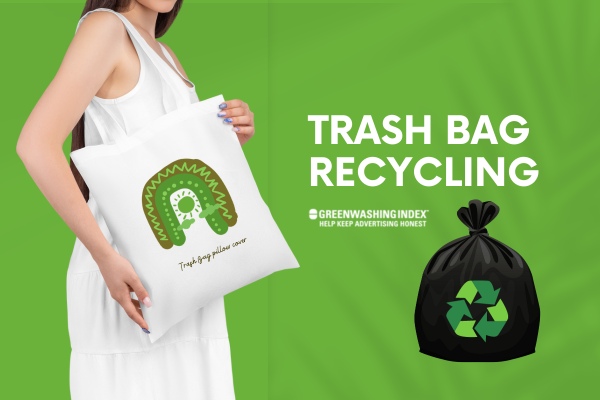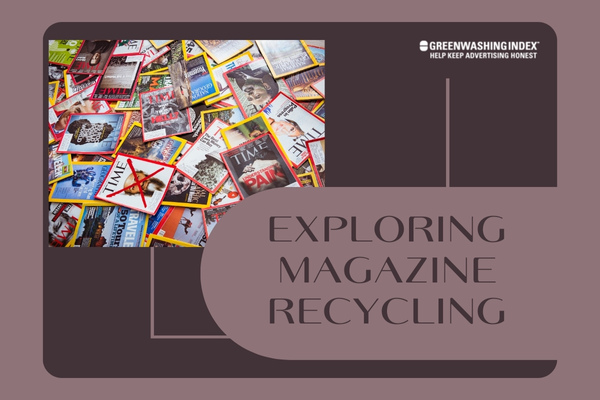Have you ever thought about what happens to your phone or laptop battery when it stops working? Recycling them is more important than you might think! In this guide on Lithium-Ion Battery Recycling, I’ll take you through why we need to recycle these batteries and how doing so can save our environment.
Imagine all those old batteries lying around; not only do they take up space, but they’re also a ticking time bomb for the planet!
When it comes to Lithium-Ion Battery Recycling, it’s essential to understand that these batteries cannot just go into the regular trash. The process of recycling is detailed and intricate, involving collecting, sorting, and then carefully treating the lithium-ion cells to reclaim valuable metals like cobalt, nickel, and copper.
By doing this right, we can reuse precious resources instead of digging up more from the Earth – a win for both our pockets and the planet!
Why Recycle Lithium-Ion Batteries?
As we’re all using more gadgets and electric cars, there is a big jump in how many lithium-ion batteries we need. But here’s the deal: those batteries don’t last forever. When they stop working, we can’t just throw them away because they can hurt our Earth. This is why I keep telling folks about Lithium-Ion Battery Recycling – it’s super important!
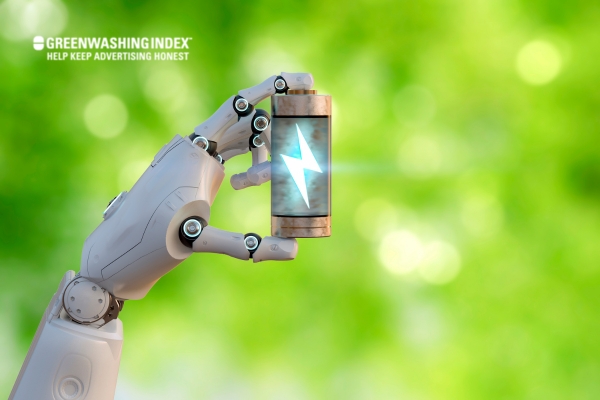
Okay, let me break down why it’s a must to recycle these batteries:
- Protects the Planet: These batteries have stuff that can poison our ground and water if we dump them. When we recycle, we keep that bad stuff from leaking into nature.
- Saves Resources: Inside these batteries are metals like cobalt and lithium. Mining more of these can harm the Earth a lot. So when we recycle, it’s like giving those materials a second life – this means less digging around for new stuff.
- Energy Savings: Making new things from scratch takes a ton of energy. But if you make them out of recycled materials? Not nearly as much.
- Cutting Down Waste: This one’s easy – the fewer things thrown away, the less trash piles up in landfills.
In short: recycling lithium-ion batteries makes our planet healthier. We don’t run out of good stuff to make new ones, plus, factories don’t need as much power to make products.
The Lifecycle of a Lithium-Ion Battery
Let me tell you how these batteries live their life:
- Making the Batteries: First off, people mix together special metals and chemicals to create each part of the battery.
- Putting It Together: After making all the parts, they put everything in one case – that’s your battery!
- In Use: Now someone pops the battery into a phone or car, and it gets charged up and used over and over until it just can’t go anymore.
- End-of-Life: Eventually – maybe after several years – that battery won’t hold charge well anymore; so… what now?
- Collection for Recycling: Here’s where recycling kicks in! Companies collect dead or old batteries so they’re not tossed into regular trash bins.
- The Actual Recycling Process: These collected oldies are taken apart very carefully to save those valuable metals inside (like lithium) so they can be made into brand-new materials once again.
Every step is vital because without recycling at the end of their journey, all those useful bits inside would go wasted sitting in dumpsters or worse – hurting Mama Earth! So don’t forget; give your used-up lithium-ion battery its best shot at coming back shiny and new by taking it for recycling!
Also Read: Bubble Wrap Recycling: Debunking Myths & Reality!
Hazards Associated with Improper Disposal of Lithium-Ion Battery
When it comes to getting rid of old batteries, especially lithium-ion batteries, we have to be very careful. The wrong way can cause lots of trouble for people and the planet.
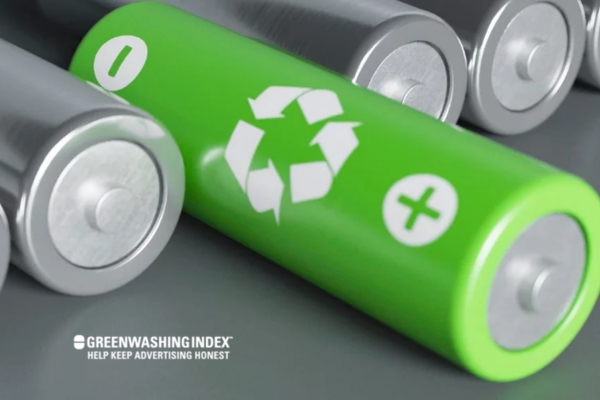
Risks Posed by Landfill Dumping
Throwing out lithium-ion batteries like regular trash is a big mistake. Here’s why:
- Chemicals can leak: If these batteries break open in a dump, dangerous stuff inside can get into the ground. That’s not good for plants or animals.
- Fires and explosions: These batteries can catch fire or blow up if they get hurt or too hot. This could happen in a landfill too.
- Water gets poisoned: When harmful chemicals from batteries mix with water underground (we call this leaching), it can make that water unsafe to drink.
- Air pollution: If a battery catches fire, it sends nasty smoke into the air, which is bad for our lungs and environment.
So, when these batteries end up in landfills, they don’t just sit there—they start causing trouble that affects all of us.
Hazardous Elements Within Lithium-Ion Battery
Not everyone knows how much scary stuff is inside a lithium-ion battery. Let me show you:
- Cobalt and Nickel: These are metals that might harm your skin or lungs if you breathe them in.
- Lithium: It sounds important because it is part of the battery’s name—but too much contact isn’t good for anyone’s health.
- Other metals: There might be also copper and aluminum. Again, these aren’t things you want ending up in your water or food.
Every one of these needs special handling when recycling time comes around. It keeps us safe and takes care of our earth at the same time.
That’s why lithium-ion battery recycling matters so much—it protects us from dangerous chemicals, keeps fires from starting unexpectedly, and helps keep our air clean to breathe and our land safe to live on. Recycling properly means taking care of our world today so that it’s still here tomorrow!
Also Read: Paint Recycling: The Ultimate Guide to Responsible Disposal
Diagnosing a Dead or Dying Lithium-Ion Battery
When it comes to figuring out if a lithium-ion battery is dead or on its way out, there are clear signs you can watch for. It’s crucial to know these because they let you know it’s time to think about recycling the battery. Recycling is good for our planet and makes sure that the bad stuff in batteries doesn’t hurt the earth.
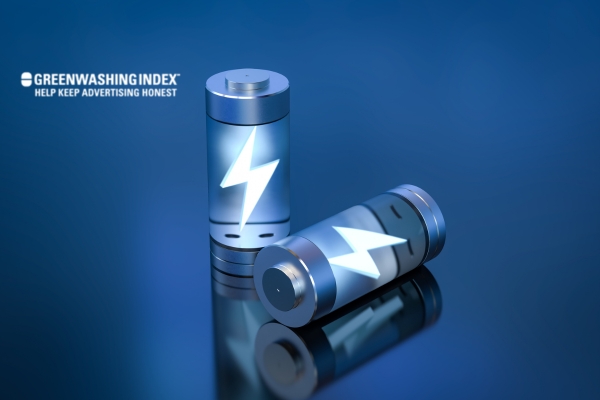
Signs Your Lithium-Ion Battery Needs Recycling
Here are some symptoms that indicate when your battery needs attention:
- Shorter Life: If your battery isn’t holding charge as long as it used to, or if it’s dying much quicker than before, it’s a clear sign.
- Slow Charging: Pay attention if your battery takes longer to charge up. That slow pace means something might be off.
- Heat: Does your battery feel hot? Batteries shouldn’t get too warm. If yours does, be careful – this is a warning sign.
- Odd Smells: Notice a strange smell coming from the battery? Odd smells mean stop using the battery right away and look into recycling options.
- Swelling: When batteries swell or look bloated, this is no good. You don’t want to mess around with that — it could even be dangerous.
Think of these like a checklist. If your lithium-ion battery shows any of these signs, start thinking about recycling because soon, it won’t work at all.
Assessing for Damage or Deterioration
Now let’s learn how you can tell if your lithium-ion battery has damage or needs some TLC before deciding on recycling:
- Visual Check:
- Look closely at the body of the battery. Are there any cracks?
- Check for puffiness; like I mentioned earlier, swelling isn’t normal.
- Feel Test:
- Gently squeeze the sides of the battery (not too hard!). Does anything seem out of place?
- Hold the battery: does one spot feel hotter than another?
- Smell Test:
- Sniff carefully (don’t push your nose too close). Do you pick up any burnt odors or chemicals?
- Performance Test:
- See how well devices using this type of power source do their job.
- Watch for glitches like sudden power-offs which hint at trouble in paradise (well… in the device).
If anything seems wrong from these tests — and by ‘wrong’, I mean if you see cracks, swelling, or smell weird scents — stop using that bad boy right away and start looking into where and how you can recycle safely.
Remember folks: safety first! Not dealing with problem batteries could lead to them failing completely and causing hurt harm especially when overheating happens — bad news both for gadgets and possibly even people!
So take care: keep an eye on those batteries so once they send those SOS signals we just talked about (hint hint: recall those symptoms above), lead them into retirement via the recycle route where they can peacefully pass on after serving us well.
Also Read: Styrofoam Recycling Tips: Easy Guide to Greener Choices
Step-By-Step Guide on How To Recycle Lithium-ion Batteries Properly?
Recycling lithium-ion batteries is an important process. Here, I’ll tell you how to do it right.
Locating Authorized Recycling Centers
To find the right place for recycling your lithium-ion batteries, follow these steps:
- Start Online: Use a computer or smartphone and go to a search engine like Google. Type in “authorized lithium-ion battery recycling centers near me”. You’ll get a list of nearby places.
- Check Local Laws: Some areas have special rules for battery recycling. It might be good to learn about these by visiting your city or town’s waste management website.
- Make Calls: Once you find some names of places, call them. Ask if they recycle lithium-ion batteries and what you need to bring in.
- Look for Seals of Approval: Some recycling centers have certifications or seals that show they follow the right steps and care about safety.
- Ask About Fees: Sometimes, there might be a small cost to recycle your batteries.
- Map It Out: Before you go, look up the location on a map app on your phone so you know where it is and how long it will take to get there.
Remember, choosing an authorized center means your old batteries will be handled safely and won’t harm the environment.
Safety Measures During Transportation
When moving batteries from home to the recycling center, here’s what you need to do:
- Use Original Packaging: If possible, put the battery back into its original box.
- Tape Terminals: Put tape over the metal parts where power goes in and out (called terminals) so they don’t touch anything else and cause sparks.
- Keep Cool: Batteries should stay cool; don’t leave them somewhere hot like inside a car under direct sunlight.
- Drive Safely: Take smooth roads if possible and drive without sudden stops to avoid damaging them.
- Follow Laws: Sometimes there are laws about how many batteries can be carried at once by someone not working as a professional carrier; usually only one or two at most for personal drop-offs.
By being careful when moving your old batteries, you help prevent accidents and fires which can happen if they’re thrown around or get punctured.
Understanding Professional Recycling Protocols
At authorized centers, professionals take several steps during lithium-ion battery recycling:
- They inspect: They look at each battery coming in very carefully.
- Sorting: They put different kinds into groups based on size or chemistry because each type has its own way of being recycled.
- Charging/Discharging: In some cases, workers might charge up the battery first before taking it apart; this helps figure out what parts can still work for something else or need special handling when broken down later.
- All charged up!: If charging is done first we then start the next step after 24 hours Guarantee no mistakes here!
- Dismantling: Carefully taking apart using tools designed not to cause sparks near any bits with leftover power that could shock someone.
- Processing Materials: Different materials come from parts of dismantled cells some even valuable like metals which get separated cleanly thanks to speedy smart machines made just this!
The key goal during professional lithium-ion battery recycling is making sure nothing harmful gets out into nature—recycling experts do their job so well that we end up reducing waste while recovering useful stuff!
Also Read: CD Recycling Secrets: Revamp Old Music Discs Now!
Do’s and Dont’s in Lithium-Ion Battery Disposal and Recycling
When it comes to lithium-ion battery recycling, it’s critical to handle these batteries with care, whether they’re dead or damaged. Here are some simple yet crucial do’s and don’ts that you should keep in mind:
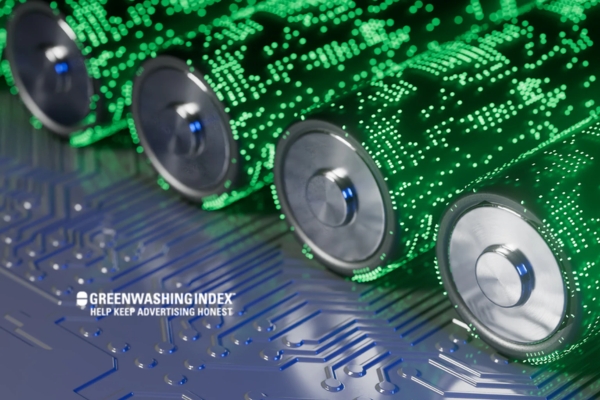
Do’s
- Check for damage: Before doing anything, inspect the battery for any signs of damage. If you find cracks or leaks, take extra caution.
- Store properly: Place the dead lithium-ion batteries in a cool and dry place, away from direct sunlight or heat sources.
- Tape the terminals: To avoid short-circuiting, cover the battery terminals with insulating tape.
- Use sturdy containers: When gathering multiple batteries for recycling, use a container that’s strong enough to hold them without breaking.
- Keep away from metal: Don’t let batteries come into contact with metal objects like coins or keys as they can cause a short circuit.
Don’ts
- Don’t dispose in trash: Never put lithium-ion batteries in your regular garbage bin because they can be harmful to the environment.
- Don’t ignore regulations: Follow local laws and guidelines for disposing of lithium-ion batteries – these rules are there to keep everyone safe.
- Don’t keep near flammables: Keep old batteries away from anything that can easily catch fire, such as paper or cloth.
- Don’t crush or puncture: Never apply too much force on a battery as it might explode or leak dangerous chemicals.
Environmental Safety Measures During Collection & Processing
Recycling centers follow strict measures to protect our environment when collecting and processing dead lithium-ion batteries. Below are some steps recyclers typically take:
- Segregation:
- batteries are sorted based on their types and conditions at collection points.
- Collection in Special Containers:
- They’re safely kept in special containers designed to prevent fires.
- Transportation:
- While transporting them, recyclers use vehicles equipped to handle hazardous materials.
- Processing under Surveillance:
- The actual recycling process is done under strict surveillance where safety measures are ensured.
- ISO Certifications:
- Many recyclers hold ISO 14001 certifications which shows commitment towards environmental management standards.
These practices ensure that not only are we keeping our surroundings clean but also reclaiming valuable materials from these used-up power sources responsibly!
Also Read: Plastic Bag Recycling: Easy Steps for a Clean Planet
Innovations Enhancing Efficient Lithium-Ion Battery Recycling
When I think about how we can make lithium-ion battery recycling better, it’s clear that smart new ways of doing things are making a big difference. Here’s what’s happening in this space:
Technological Advancements in Lithium-Ion Battery Recycling Processes
Cutting-edge technologies are playing a huge role in how we get back useful stuff from old batteries. This is what I found out:
- Automated Sorting Systems: Machines that sort things automatically are now able to pick out lithium-ion batteries from a pile of various types. They use special sensors that can tell what each piece is, which saves a lot of time and makes sure we recycle more.
- Advanced Hydrometallurgical Methods: That’s a fancy way of saying “using water to get metals.” This method uses liquids to carefully take apart the battery and get precious materials like lithium and cobalt without harming the environment.
- Direct Recycling Techniques: Some smart folks have figured out how to renew used batteries so they can be made into new ones again. The idea here is not just to break them down but to fix them up so they can be fresh and ready for use.
So, these tech improvements mean we can do lithium-ion battery recycling much better than before.
Corporate Responsibility In Ensuring Sustainable Practices
Big companies have a big part to play when it comes to recycling batteries responsibly. Like this:
- Companies are now setting targets for themselves on how much they should recycle.
- They also talk about their recycling goals in reports that everyone can see. This shows people they care about the planet.
Organizations across the globe realize that taking care of used batteries the right way is good for their image and our Earth.
Conclusion
Recycling lithium-ion batteries is an essential task we all face in our efforts to protect the environment and conserve valuable resources. We dove into the urgency of this process, highlighting how it not only benefits us now but also secures a healthier future.
We’ve seen the hazards improper disposal brings, stressing why we must act responsibly. Understanding when batteries are at their end of life and how to safely transport and dispose of them is crucial for maintaining safety and environmental integrity.
Innovations in recycling processes and corporate commitments to sustainability showcase promising advancements toward efficient resource recovery from used batteries. Crafting effective policies further ensures that this crucial practice continues on a path that benefits everyone.

